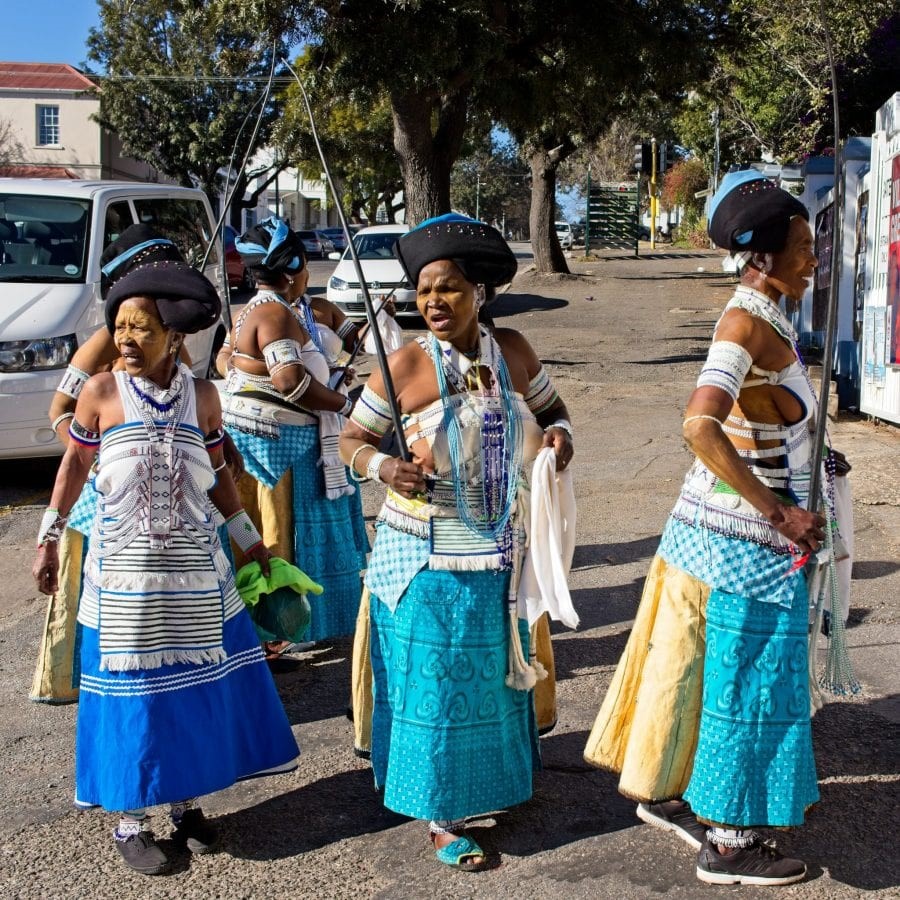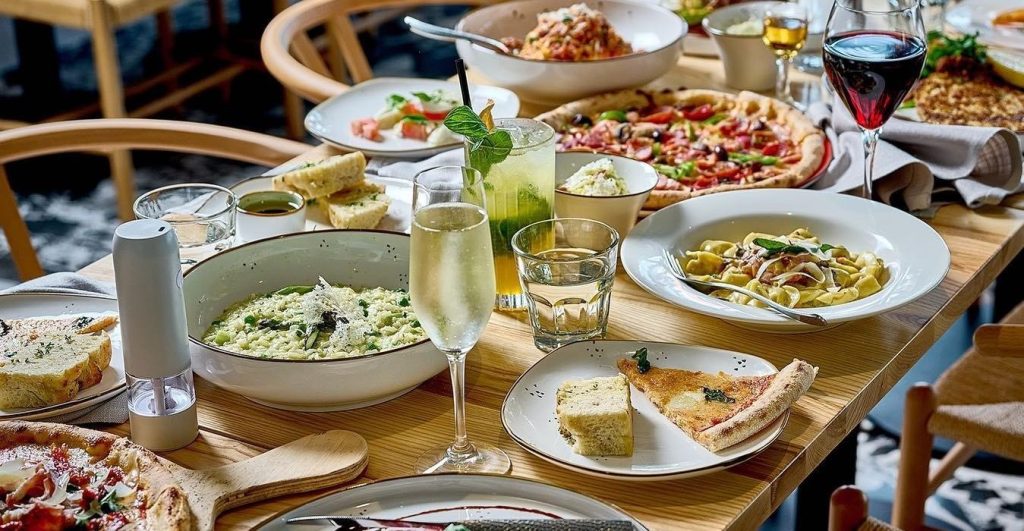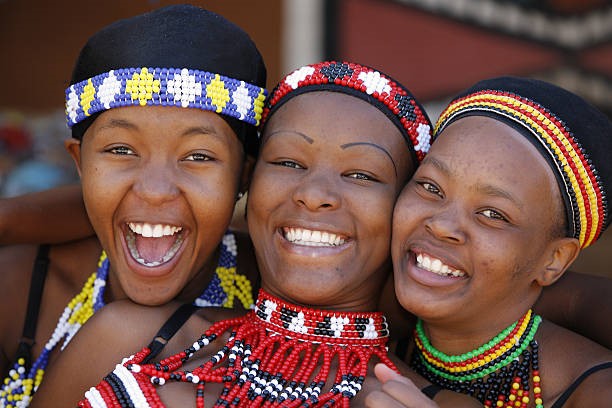Namibia is a country located in Southern Africa that boasts a rich and diverse culinary heritage. From game meat to seafood, and from maize to millet, the country’s food reflects the various cultures and traditions that have shaped its history.
Braaivleis
Braaivleis, also known as barbeque, is a staple food in Namibia. It is usually made with beef, lamb, or game meat and is cooked over an open flame. Braaivleis is often served with pap (a maize porridge) and a tomato and onion relish. This dish has cultural significance as it is often enjoyed during social gatherings such as weddings and family events.

Biltong
Biltong is a form of dried meat that is popular in Namibia. It is made with various types of game meat, including kudu, ostrich, and beef. The meat is seasoned with a mix of spices and vinegar, and then hung up to dry for several days. Biltong is typically served as a snack and is a good source of protein.
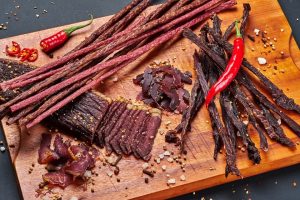
Kapana
Kapana is a popular street food in Namibia made with grilled beef, usually served with chili sauce, salt, and spices. Kapana is often enjoyed by the locals as a snack or a meal. This dish has cultural significance as it is often served during traditional festivals and celebrations.
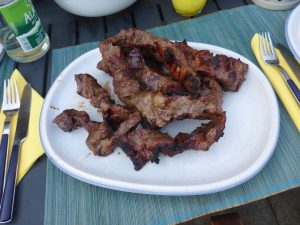
Oshifima
Oshifima is a maize porridge that is commonly eaten with meat or vegetable stews. It is made by boiling maize meal and water together until it becomes a thick, smooth porridge. Oshifima is a staple food in many Namibian households and has cultural significance as it is often served during special occasions and family gatherings.
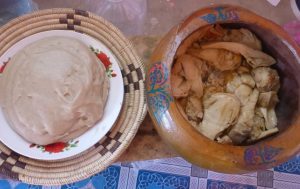
Mopane worms
Mopane worms are a traditional delicacy in Namibia. They are the larvae of the emperor moth and are typically harvested during the rainy season. The worms are often dried, fried, or cooked in stews. They are a good source of protein and are believed to have medicinal properties.
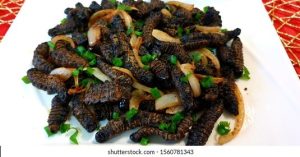
In conclusion, Namibian cuisine is diverse and reflects the country’s cultural heritage. From braaivleis to mopane worms, each dish has its unique cultural significance and preparation methods. These foods are an important part of Namibia’s culinary identity and are enjoyed by both locals and tourists alike.

